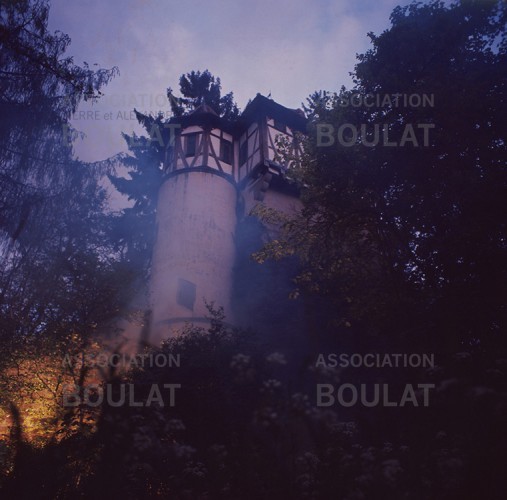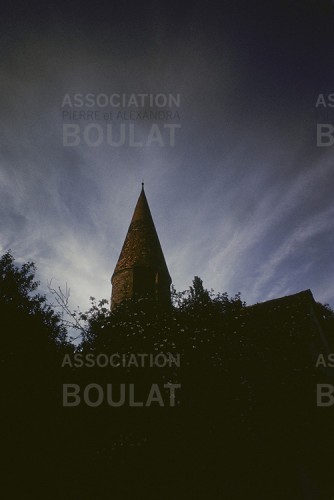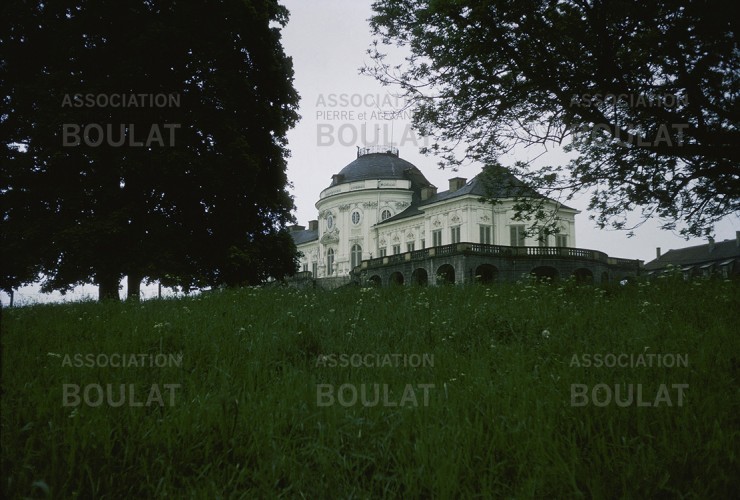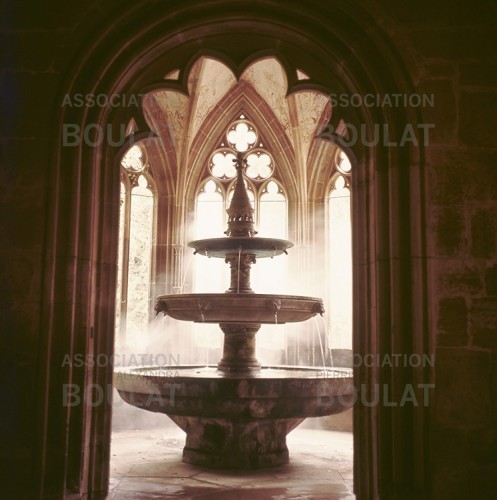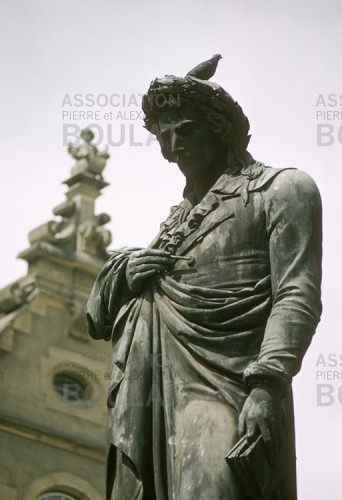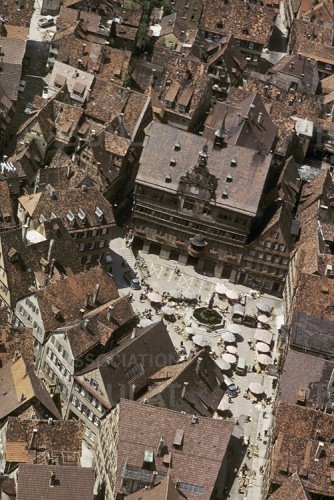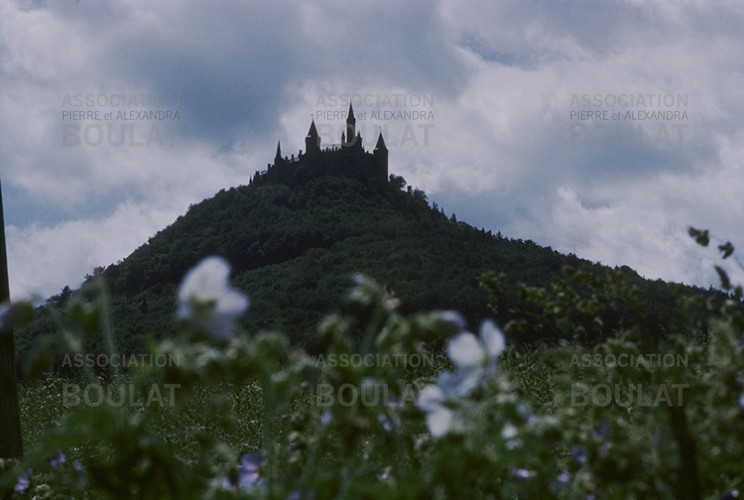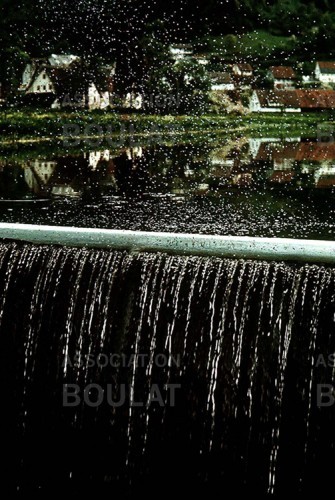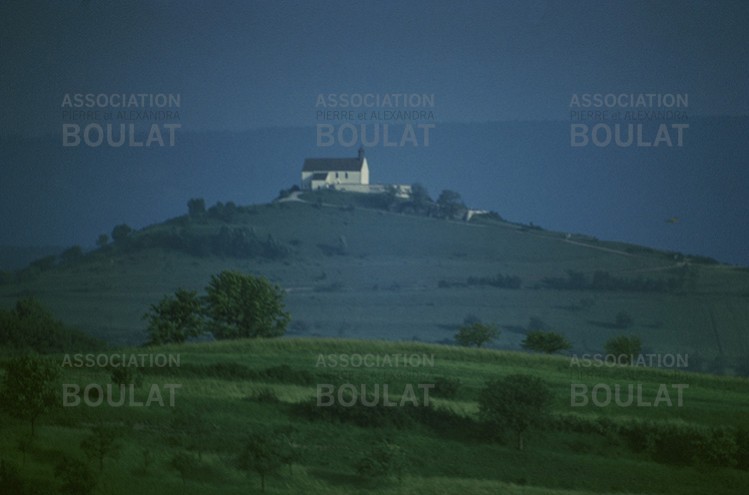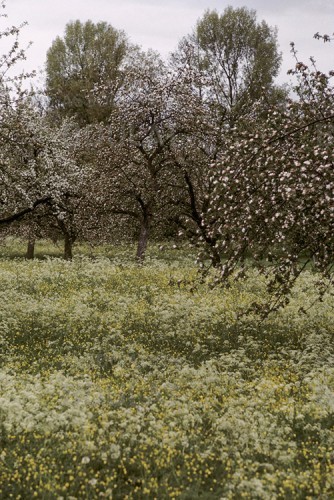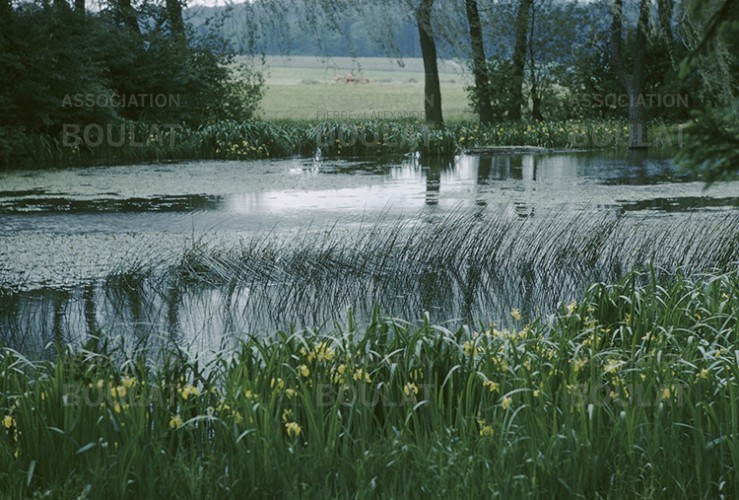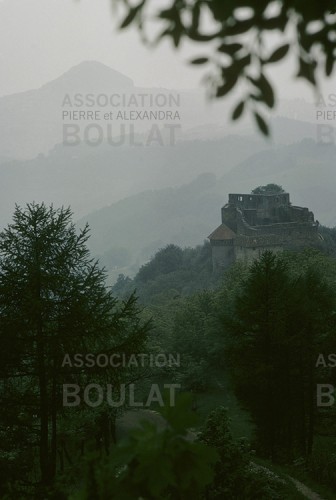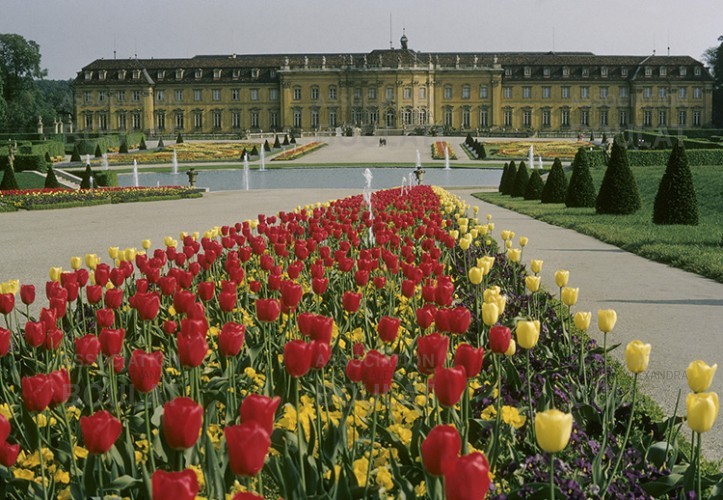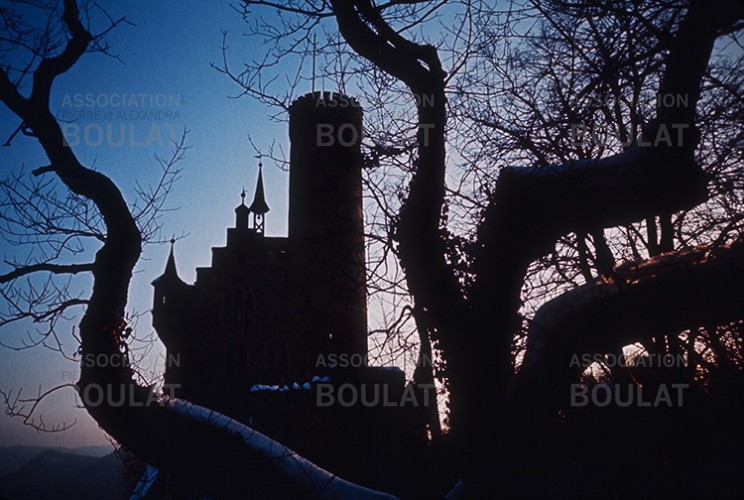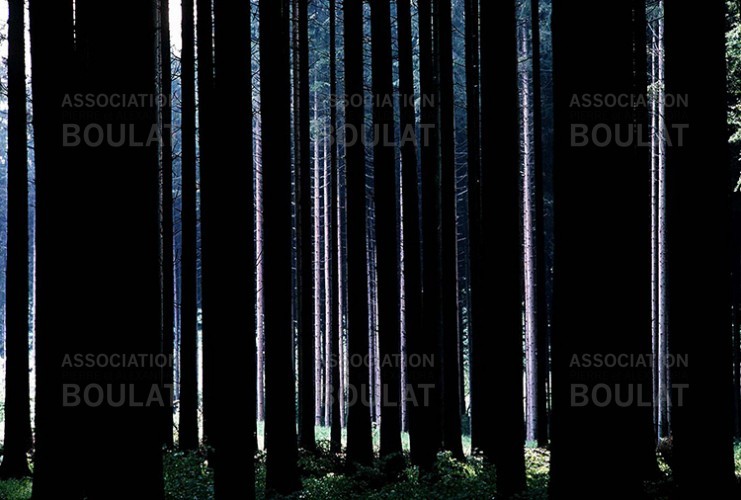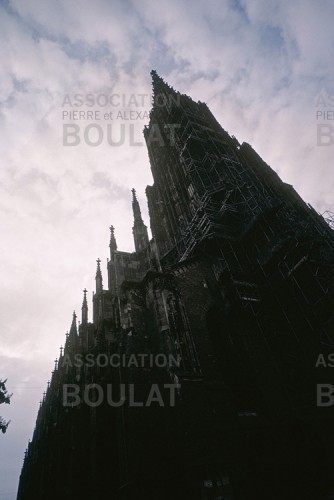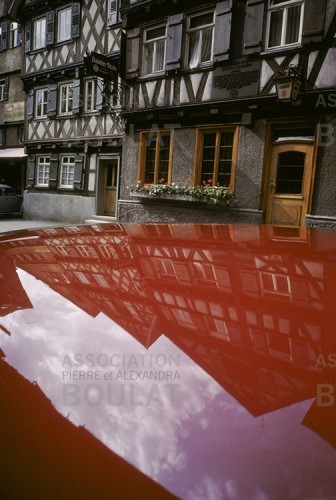Pierre Boulat
Swabia seedbed with genius
In southwest Germany is a small province called Swabia which frames the Neckar and Danube rivers. The countryside is pure romantic wild roses fruit trees in flower, slow moving glazed rivers, green hills dotted with wood trimmed, flower hung houses. In this tiny area no more than two hundred by one hundred miles were born what many call the biggest concentration of thinking genius in Germany.
Poor in all minerals but salt and lacking strategic importance, Swabia has gracefully survived tyrants since the Romans invaded the lands of the Suevi and has produced a hard-working, hard-poetic vision. Swabian Philosopher Albertus Magnus sparked in Aristotelian revival. Dim-eyed Johann Kepler, menaced with religious persecution. Three centuries later his fellow Swabian, Albert Einstein, hailed Kepler as “one of the few incapable of doing anything but stand up openly for their convictions.” Swabians all were painter Matthias Grünewald, the Nobel Prize novelist Hermann Hesse and Robert Mayer who formulated the law of conservation of energy; rebellious Friedrich Schiller, Martin Heidegger, precursor of Sartre, and Friedrich Hegel precursor of Marx. At Tübingen University, which still produces brilliant theologians, Hegel shared a study with Friedrich Schelling and the tragic poet Friedrich Hölderlin who was even farther ahead if his time than the Swabian pastor-poet Eduard Mörike whose verses Schumann and Wolff set to music. Bertold Brecht of Augsburg, on, Swabian’s western border, never forgot his mother’s native Black Forest. Swabians, too, were Gottlieb Daimler, a pioneer of the internal combustion engine and one of the first great modern industrialists, and Ferdinand Zeppelin whose corseted, powered balloons lifted men closer to mastery of the sky. No one really knows why this green triangle between the Neckar and Danube rivers, lush with orchards and vineyards, has been such fertile ground for genius. Perhaps a spell left by Faust lingers still.


